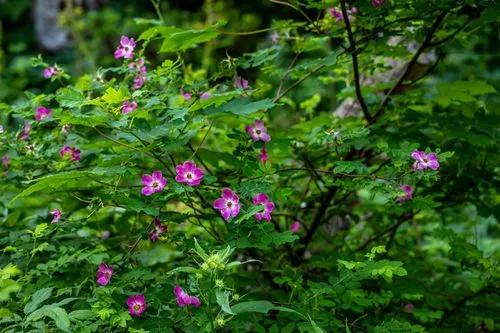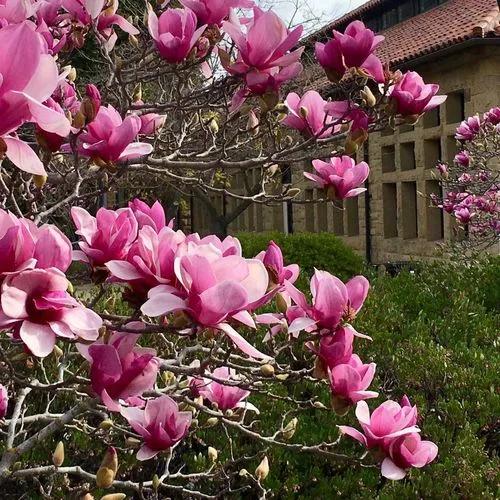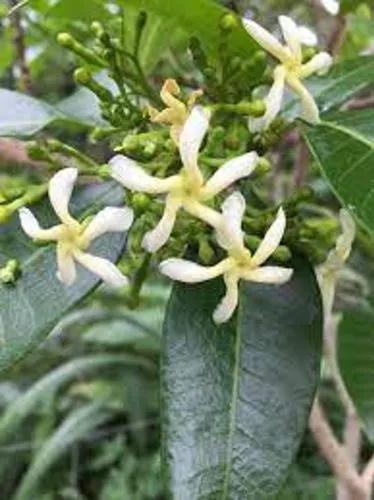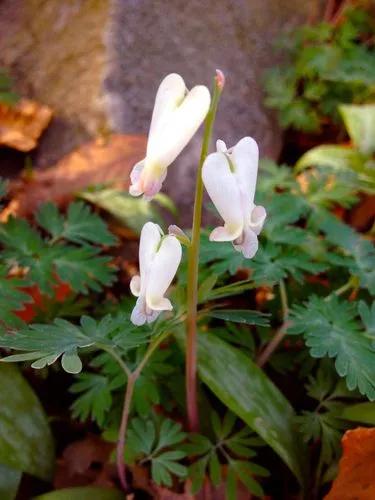Linaria purpurea is a species of flowering plant in the plantain family known by the common name purple toadflax. It is native to Italy, but it can be found growing wild as an introduced species in parts of western North America, including California, western Washington, and British Columbia,and it is cultivated as an ornamental\a perennial herb growing 30 to 70 centimeters tall with linear leaves 2 to 5 centimeters in length. The inflorescence is a raceme of flowers occupying the top of the stem. The flower is between 1 and 2 centimeters long with five lobes arranged into two lips with a spur at the end. The flower is usually light to medium purple in color. This plant is poisonous to livestock, the larvae of some species of Lepidoptera use this plant as a food source
Purple Toadflax Care
Linaria purpurea



It is an annual herb, which can reach a maximum of 35-40 cm in height. The bush is formed by erect stems, on the tops of which spike-shaped inflorescences bloom, consisting of small flowers of a violet-purple hue with an orange throat. This type of toadflax includes several very decorative varieties: Carminea - a plant with pinkish flowers; Excelsior - flowers in various shades of white, yellow, red; Ruby King - forms burgundy inflorescences.Linaria purpurea is known for attracting bees, beneficial insects, butterflies/moths and other pollinators. It nectar-pollen-rich-flowers. Like any pretty thing, it'll suck you in and never let go. It can be invasive in North America and parts of Europe outside Italy.
How to get rid of:
Choose an herbicide labeled for use against toadflax, and apply it according to the label instructions. Apply herbicides to Dalmatian toadflax in spring and to yellow toadflax in late summer or fall. Your local cooperative extension agent can suggest the best herbicide for growing wild toadflax control in your area.
How to Care for the Plant

Popularity

653 people already have this plant 147 people have added this plant to their wishlists
Discover more plants with the list below
Popular articles






